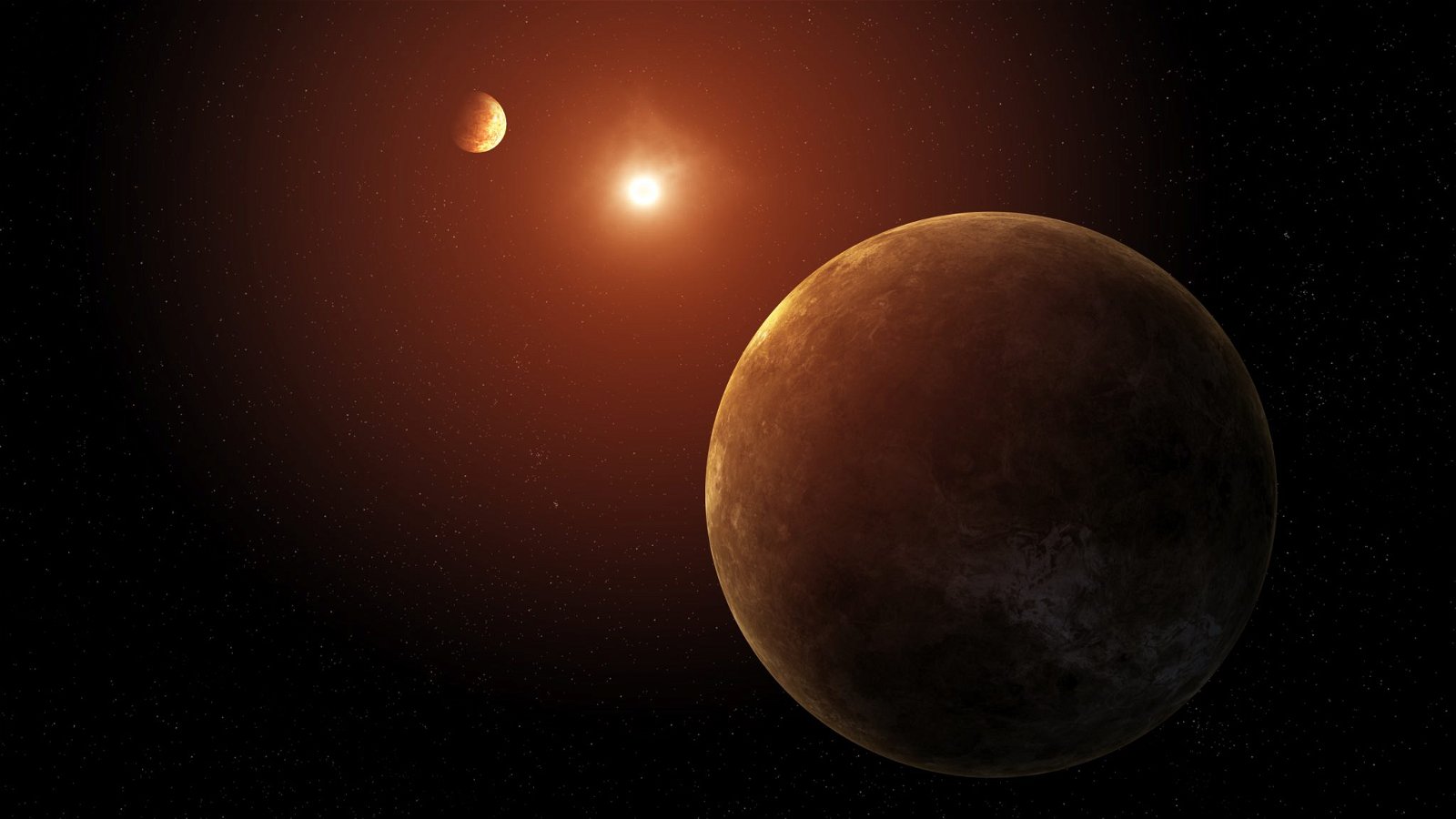Scientists report the discovery of a system of scorching hot planets, revealed in new findings from data collected by NASA’s retired Kepler space telescope.
The planets, each roughly between the sizes of Earth and Neptune, were discovered in the Kepler-385 system. Notably, the planetary system is one of the few that are known to astronomers that possess more than six planets or planet candidates that have all been verified.
The system is now being touted as one of the major highlights within a new Kepler catalog, which places Kepler-385 amidst close to 4,400 other planetary candidates and an array of more than 700 multi-planet systems.
NASA scientists involved with the research say the new assembly of Kepler planet candidates is the most complete and accurate that has ever existed.
“NASA’s Kepler mission has discovered the majority of known exoplanets, and this new catalog will enable astronomers to learn more about their characteristics,” said research scientist Jack Lissauer with NASA’s Ames Research Center. Lissauer is the lead author of a new paper detailing the assembly of the Kepler catalog.
Scouring Space for Kepler Planets
As their name indicates, Kepler planets are exoplanets discovered by NASA’s Kepler space telescope. According to data compiled during the summer of 2023, the Kepler space telescope has been responsible for detecting more than 2,700 confirmed planets.
Although Kepler’s initial observation phase ended in 2013, an extended mission, K2, continued for an additional five years, and new discoveries continue to be made based on the information it gathered.
Several different varieties of planets resulted from the Kepler discoveries, ranging from what astronomers call Hot Jupiters (planets with short orbital periods similar in mass to Jupiter) to Super-Earths (exoplanets with a mass between our planet and the larger ice giants in our solar system) and a variety of other classifications.
Most Kepler planets fall into a size range roughly between that of Earth and Neptune, as is the case with all seven of the planets discovered in the Kepler-385 system.
Some Like It Hot
At a size roughly 10% larger than our own Sun, Kepler-385’s star is also about 5% hotter, causing each of the seven planets in Kepler-385 to receive a greater degree of heat from their nearest star than any planet in our solar system.
The innermost planets in Kepler-385 are believed to be rocky planets with thin atmospheres. In contrast, the remaining planets are much larger and possess thicker atmospheres, having been less affected by the intense heat of their star.
Most of the catalogs that resulted from the Kepler mission focused on the generation of lists that allowed the measurement of how commonly planets appear around stars, while the new research effort primarily focused on creating a list that provides astronomers with an accurate data set about each of the star systems, a level of accuracy that was directly responsible for helping to facilitate the discoveries.
The recent research also offers a more comprehensive view of the newly discovered planets and their respective systems, enhancing our understanding of the dynamics of planetary formation and solar systems beyond our own.
Additionally, the new Kepler catalog also employs greatly improved measurements and calculations, which allow astronomers to more accurately determine the path of each planet as it transits its host star, revealing that they mostly possess a circular orbit when several transiting planets are present, as opposed to how the orbits are shaped when there are only one or two planets.
Lissauer and the team’s article, “Updated Catalog of Kepler Planet Candidates: Focus on Accuracy and Orbital Periods” was accepted for publication in The Journal of Planetary Science.
Micah Hanks is the Editor-in-Chief and Co-Founder of The Debrief. He can be reached by email at micah@thedebrief.org. Follow his work at micahhanks.com and on Twitter: @MicahHanks.

